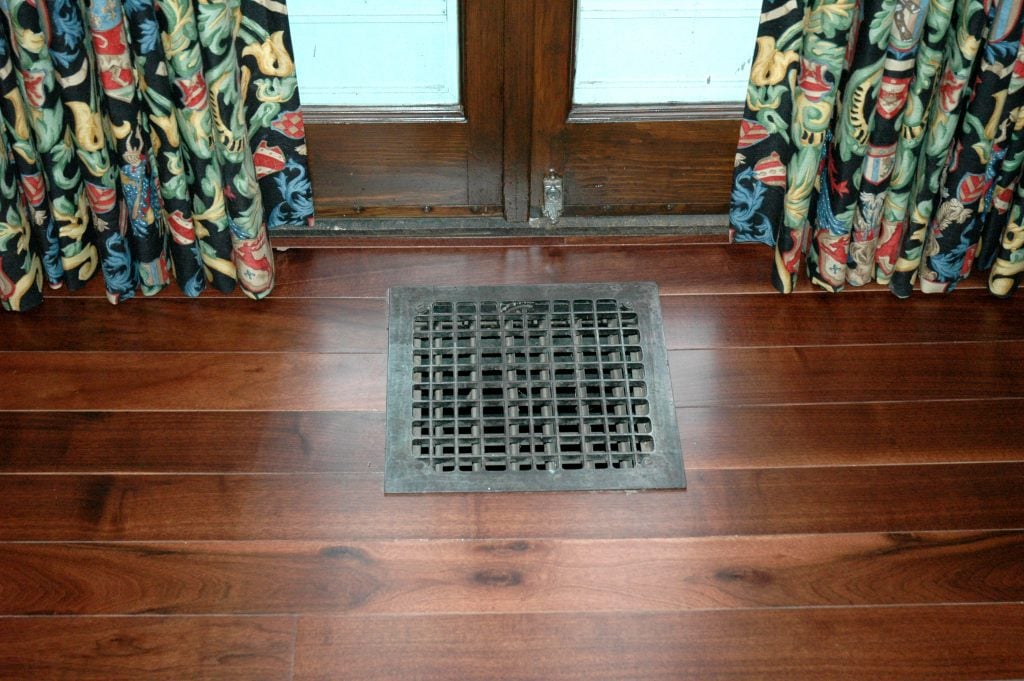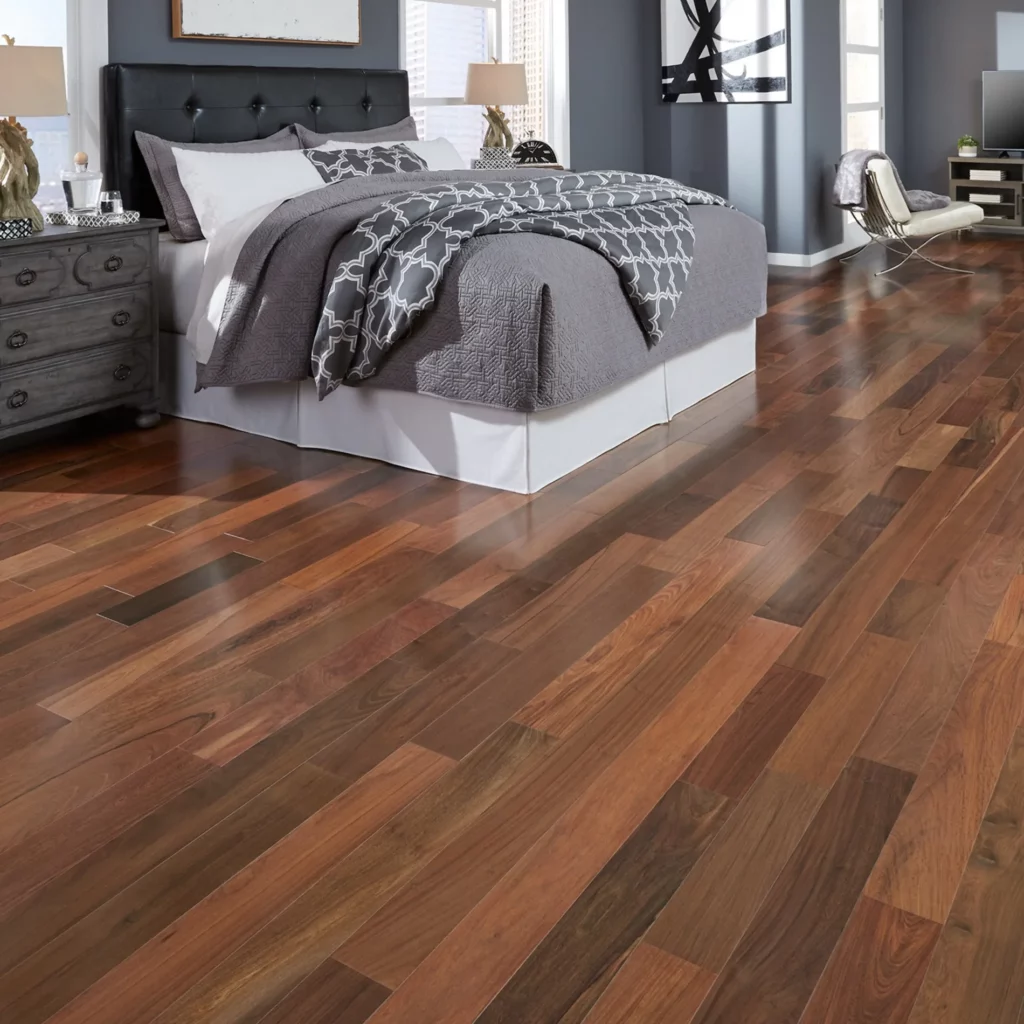Brazilian Walnut and American Walnut are both popular choices for woodworking, flooring, and furniture, but they have distinct characteristics that set them apart. This blog post will delve into the differences between these two types of wood, looking at aspects such as durability, appearance, workability, and cost.
Durability and Hardness
One of the most significant differences between Brazilian and American walnut is their hardness and durability. Brazilian Walnut, also known as Ipe, is renowned for its exceptional hardness.
It ranks much higher on the Janka hardness scale, a measurement of the resistance of wood to denting and wear, compared to American Walnut. This makes Brazilian Walnut an excellent choice for high-traffic areas where durability is a key concern.
Appearance and Color
In terms of appearance, both woods have a rich and luxurious look, but their colors and grain patterns are notably different. American Walnut tends to have a chocolate brown color with a more pronounced grain, giving it a traditional and warm appearance.
In contrast, Brazilian Walnut generally exhibits a more varied color range, from reddish-brown to olive-brown, and has a finer, straighter grain. This can lead to a more modern and sleek look.


Workability
For woodworkers, the difference in workability between these two woods is significant. American Walnut is softer and easier to work with, making it a preferred choice for intricate woodworking projects. It cuts, shapes, and sands more easily, which is ideal for fine furniture and detailed work.
Brazilian Walnut, being harder and more dense, can be more challenging to work with and may require stronger tools and more experience to achieve the desired results.
Cost and Availability
Cost and availability are also key factors to consider. American Walnut is more readily available in the United States and, consequently, is generally less expensive than Brazilian Walnut. The import costs of Brazilian Walnut can make it a pricier option, which is something to consider for those on a budget.
Conclusion
In summary, while both Brazilian and American walnut have their unique appeals, the choice between them depends on the specific requirements of your project. If you need a highly durable and modern-looking wood, Brazilian Walnut is an excellent choice. However, if you’re looking for a wood that’s easier to work with, more affordable, and has a classic appearance, American Walnut is the way to go.
